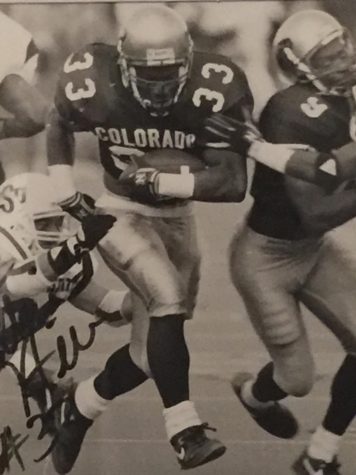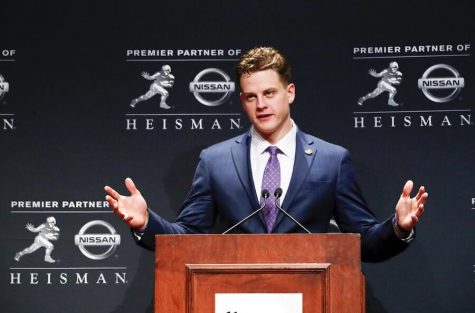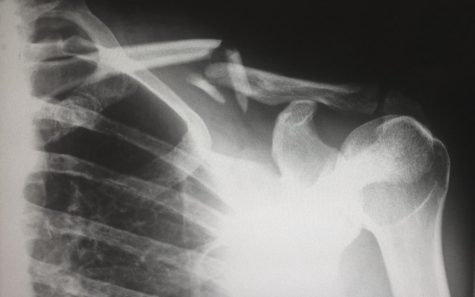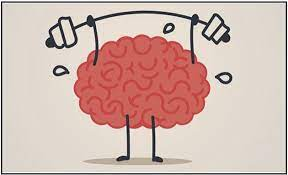Through Aches and Pains – The Unknown Struggles of An Athlete
As I think ahead of my own future, a thought that never ceases to leave my mind and many other athletes alike, is being an athlete a sustainable career? Well to really answer the question you have to step back and understand that only elite athletes in the National Leagues get paid. So if that’s the case what incentive is there for someone to dedicate their full time to being an elite athlete when that spot on the roster is not guaranteed? I talked to my Principal and a mentor, Dr. James Hill, someone who had to ask himself the same question. But it turns out it wasn’t the same question and it was a completely different thought process, one that I had never thought about.
As a Student-Athlete at CU-Boulder Dr. Hill made sure to prioritize his academics just as much as his athletics to open up as many options for himself as possible. I talked to him about how he went about doing that, his solution was cutting out the unnecessary things that weren’t helping him reach his goals like partying. And to really maximise his potential he had to walk a fine line between school work and training, balancing both also helped to prevent him from burning out. Something all students will experience and especially prominent in student-athletes. Dr. Hill made it to the college level where less than 2% of athletes (NCAA) make it to their respective sport, and then winning a National Championship. A dream come true for any athlete and especially for a student dual wielding the tasks of being an exceptional student and an elite athlete. Ultimately Dr. Hill made the decision to pursue his academic career as a scholar hoping to leave an impact on his students, similar to the impact his mentors left on him.
That begs the question: Does being a professional athlete make for a sustainable career? To make it clear only professional athletes make money, only athletes playing their sports at the highest level on the National stage get paid. Even athletes through their own endeavours of searching for sponsors cannot receive money at the college level until the big leagues. So what defines a “successful career” is the impact they have on society, in their community, for the team. Is that a successful career or is it the money left in their bank account at the end of their career? Because long lists about athletes going broke after retirement can be made, and long lists of athletes having their careers ended due to injury can also be made. What incentive is there in place for an athlete to push their bodies to the max and be the best for their team if their money or health is not guaranteed?

During the offseason of the 2021 season the Denver Broncos players through the National Football League Player Association (NFLPA) released a statement informing the club that they would not be showing up to their optional workouts. Many clubs followed soon after releasing their own statements concerned for their safety regarding COVID-19, claiming it remained a serious threat to their families as cases rose. Additionally pointing out that quality of play was better without the Optional Team Activities (OTA) as the previous season’s offseason workouts were all held virtually. The NFL released their own statement informing participating teams and players that any work outside the team facility that in the off-chance, resulted in injury, would not hold the team responsible for their contract money. Just a couple days later Ja’wuan James, an offensive tackle for the Denver Broncos was injured working outside of the Broncos facility and tore his Achilles taking him out for the rest of the season. Effectively voiding his pay of $10-million dollars due to the injury happening away from “football-related” workouts. Outrage was seen all over the league including 2020 Super Bowl MVP and for what it’s worth Broncos rival Patrick Mahomes II among many others. Players demanding he is paid his money for putting the effort into improving his technique and abilities outside of a team facility.
For many, the impact athletes have on society is none, it isn’t realized, especially overlooked by those who oppose athletes and their million dollar wages. Even when some give their whole careers earnings and use their platform for change. Like Lebron James who some believe, his impact off the court will far outlive his achievements on the court. James most notably gave back to his hometown of Akron building recreational centers for kids and refurbishing parks, just to name a few among a much longer list.
Similarly, 2019 Heisman trophy winner Joe Burrow, during his 16-minute emotional acceptance speech briefly mentioned his hometown of Athens and the disadvantages of growing up in his city. Still, in college making no earnings from his athletic career, Burrow managed to raise enough attention to the problems of Athens and raised over $500,000 dollars to just one singular organization. Contributions like James’ or even brief mentions of acknowledgment like in Burrow’s case when used to argue whether athletes are deserving of their million dollar contracts.

To answer my initial question: is being an athlete a sustainable career? Is a tough question, for me, because unlike many young athletes being only an athlete has not been my only ambition. For the highly driven athlete a career as a professional athlete could be worthwhile as the average career for a professional athlete is Ten-years. Whereas the average career length of an NFL player is only Three and Half-years. You could spend all day looking at the numbers and thinking about how one-third of athletes deal with injury annually, or how the average athlete earns just $14.46 in the United States. And countless other numbers and statistics to evaluate your choice and validate it, but at the end of the day the only question that can really answer the question is, how hard are you willing to fight for your dream to become a reality. As Miguel Galindo says, The numbers don’t add up differently the more you look at them.
Bibliography
Billitz, Jess. “19 Professional Athletes & Players Salaries Statistics.” NOOB GAINS, 22 Apr. 2021, noobgains.com/professional-athletes-salaries-statistics/#:~:text=Average%20Pay%20for%20Professional%20Athletes,-The%20typical%20professional&text=The%20average%20professional%20athlete%20in,athletes%20report%20%2434%2C500%20to%20%2471%2C000. Accessed 20 May 2021
“Estimated Probability of Competing in College Athletics.” NCAA.org – The Official Site of the NCAA, 16 Apr. 2020, www.ncaa.org/about/resources/research/estimated-probability-competing-college-athletics. Accessed 20 May 2021
Florio, Mike. “Patrick Mahomes, Other Players Confused by Broncos’ Ability to Not Pay Ja’Wuan James.” ProFootballTalk, 6 May 2021, profootballtalk.nbcsports.com/2021/05/05/patrick-mahomes-other-players-confused-by-broncos-ability-to-not-pay-jawuan-james/. Accessed 21 May 2021
Jenkins, Daisy M. “Pro Athletes, Big Winners and Losers When the Career Clock Goes to Zero.” HuffPost, 16 Aug. 2014, www.huffpost.com/entry/pro-athletes-big-winners-_b_5504073. Accessed 23 May 2021
“Passing on the Glory of Connecting in the Classroom.” University of Colorado, 12 Sept. 2017, www.cu.edu/article/passing-glory-connecting-classroom. Accessed 14 May 2021
“Sports Injuries: Trends and Prevention.” Cary Orthopaedics, 19 Nov. 2020, www.caryortho.com/sports-injuries-trends-prevention/. Accessed 23 May 2021
Stacy, Mitch. “Burrow’s Heisman Speech Inspires Giving to Hometown Charity.” ABC News, ABC News Network, 16 Dec. 2019, abcnews.go.com/Sports/wireStory/burrows-heisman-speech-inspires-giving-hometown-charity-67760819. Accessed 24 May 2021


